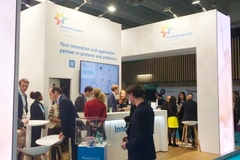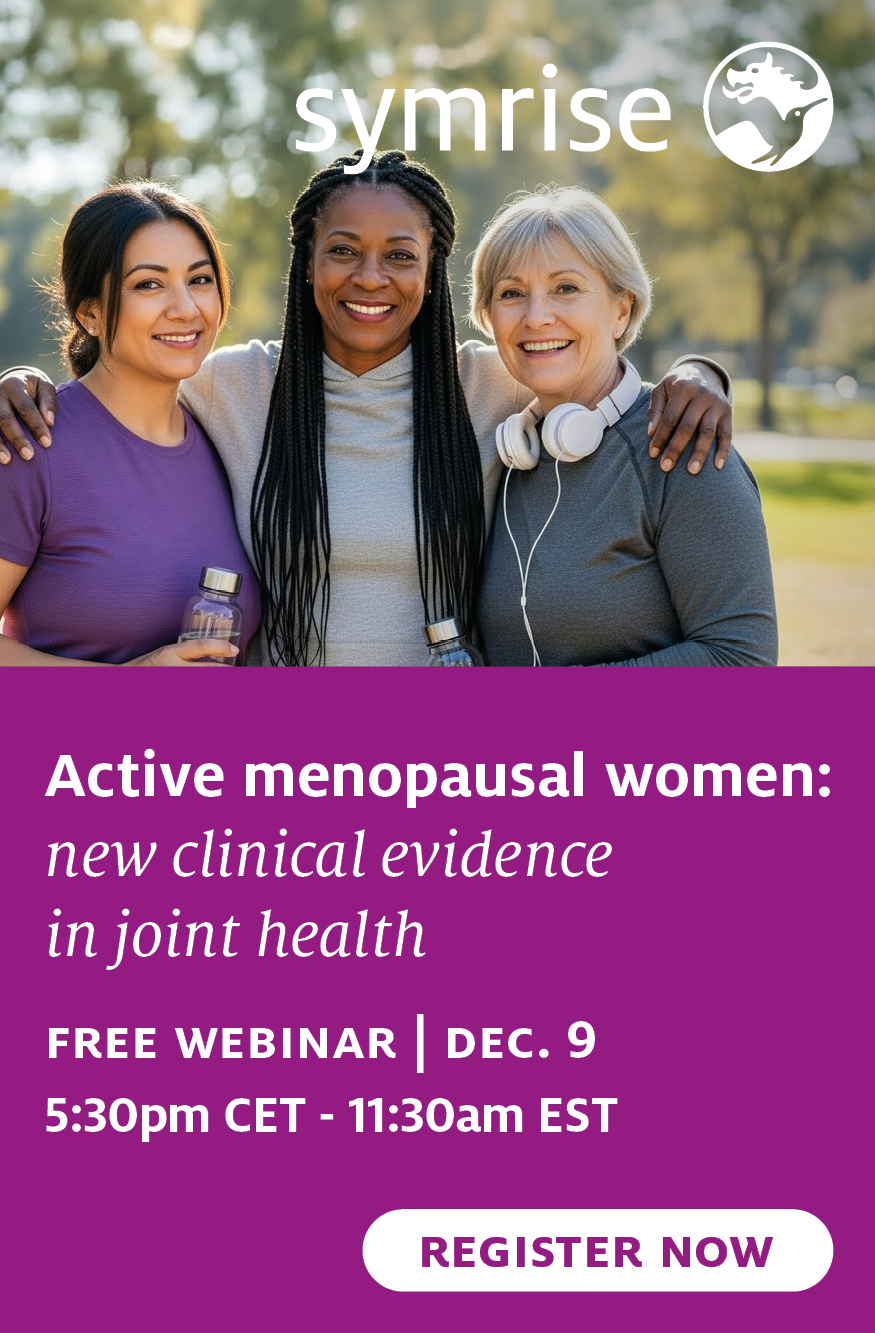Surrey researchers posit techniques to combat potential health risks of microplastics

09 Sep 2019 --- Plastic in our water and waste streams break down into micro and nanoplastics, which are causing potentially catastrophic consequences to human health. This is according to a study from the University of Surrey and Deakin’s Institute for Frontier Materials published in the journal Water Research. It has concluded that novel plastic detection strategies are required in order to ensure aquatic systems remain clean and safe for usage and consumption. Developing new techniques to do this is instrumental in reducing nanoplastic pollution.
Arguably, nanoplastic pollution has long been underestimated on an international scale, although it has attracted mainstream attention. The World Health Organization (WHO) recently published that the impact of microplastics human health appears to be minimal at current levels, but admitted to have worked with “limited information.”

“Further research is definitely required, especially for particles in the nanosize range as we do not currently know how much of such nanosize plastic exists in the environment. We do have evidence in a controlled laboratory environment that show nano size plastics can cause more significant effect at a cellular level compared to micron size particles,” Dr. Judy Lee, Project Lead and Senior Lecturer at the University of Surrey, tells PackagingInsights.  Approximately 300 million metric tons of plastic are produced globally each year.
Approximately 300 million metric tons of plastic are produced globally each year.
The current accumulation of broken-down plastic pollution in our aquatic systems, which range from sewage to oceans and drinking water, poses major risks to the environment and public health. Although there has been substantial research done regarding microplastics pollution, their interaction with water has not been fully understood until now, according to the University of Surrey researchers.
“Most literature studies are on the effect of plastics on marine organisms and currently no study on the long term health impact these plastics has on humans nor the effect of different size plastics,” says Dr. Judy Lee.
Difficult to detect
Because of their microscopic size and the inadequate analytical techniques currently available, nanoplastics remain difficult to detect. Moreover, this enables nanoplastics to travel easily through water and wastewater treatment processes, which leads to several operational and process stability challenges, such as membrane filtration.
“At the moment, we are trying to improve membrane filtration technology to better separate the nano and microplastics from water here at Surrey, in collaboration with Deakin University in Australia. Wastewater treatment facilities have been considered to be a source of microplastics released into the environment, so it is a good place to start improving the filtration systems. However, membrane filtration could be used to prevent the release of the plastic into the environment, but at the same time it is concentrating it. This means other solutions of further processing the concentrate are required,” says Dr. Lee.
Plastic pollution in water systems is reaching unprecedented levels. Approximately 300 million metric tons of plastic are produced globally each year and up to 13 million tons of that is released into rivers and oceans, contributing to an estimated 250 million tons of plastic in water systems by 2025.
“The presence of nano and microplastics in water has become a major environmental challenge. Due to their small size, nano and microplastics can easily be ingested by living organisms and travel along water and wastewater treatment processes. In large quantities they impact the performance of water treatment processes by clogging up filtration units and increasing wear and tear on materials used in the design of water treatment units,” Dr. Lee says.
A comprehensive review into the microplastic topic last year confessed to the “significant gaps in our understanding of the effects” of nanoplastic pollution in our waters and called for “better quality and more holistic monitoring studies”, something this study aimed to provide.
By Anni Schleicher













